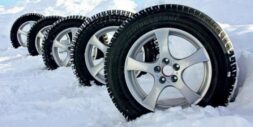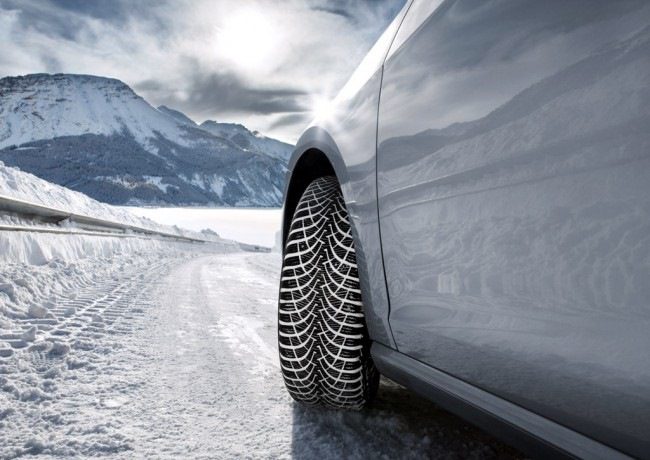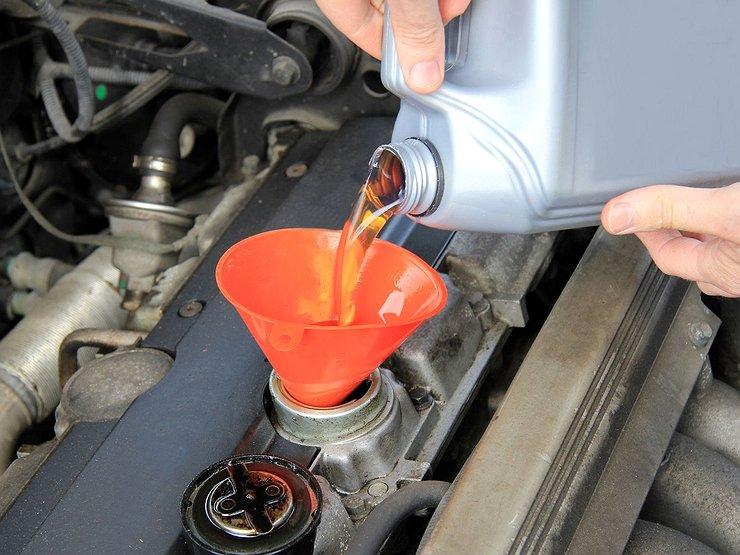
Which winter tires are better: spikes or Velcro?
Content
If you live in a region where there is a lot of snow and strong frost in winter, then your car simply cannot do without winter tires with spikes. But the studded tires will keep the road only in icy conditions and well-rolled snow.
But in conditions of clean wet asphalt or slush, the spikes perform much worse and can lead to slipping and skidding. In this case, it is worth giving preference to non-studded tires, in other words Velcro. Their main property is the presence of many small slots, which, coupled with good drainage, will allow you to confidently keep the car on a wet road or slush.
Spikes or Velcro: Which is Better?
Let's try to figure out which winter tires are better: spikes or Velcro? The answer to this question depends on your specific weather conditions in the winter, and you only move around the city or often go to the track.

which rubber is better for the winter, which brand is better in winter
When to use spikes
Winter studded tires are better suited to places where the roads are icy or snowy. The spikes cut into the surface, destroying it and thereby allowing effective braking. Spikes are also worth taking if you often go to the track. Country roads are less often cleaned and are more prone to icing and snow rolling.

It is worth noting the fact that in severe frosts, below -20 degrees, the ice on the road becomes very hard and the spikes begin to slide over it, and not crash. At such low temperatures, the Velcro will slow down faster.
When to use Velcro
Velcro is more intended for areas where roads are well cleaned, i.e. for the city. If you do not travel outside the city in winter, the Velcro is perfect for your car. The essence of the Velcro is in multiple slots on the tread, which are called sipes. They just cling to the cleaned dry or wet surface.
The advantages of Velcro include a relatively low noise level, which cannot be said about studded rubber. Of course, noise is more pronounced when driving on asphalt.
By the way, since 2015 a law on winter tires has been introduced, read the article when you need to change your shoes to winter tires in 2015.
Which rubber is better in winter: narrow or wide
Again, there is no definite answer to this question, since each rubber is good in its own way in certain conditions.
Advantages and disadvantages of narrow winter tires
So, for example, a narrow tire is well suited for driving on snow or a layer of slush, since a narrower tire cuts through the snow or slush to a hard surface, and the car holds the road better.
At the same time, while driving on ice, the contact patch of narrow rubber is naturally smaller, the grip is worse, so the car will behave unstable.
Advantages and disadvantages of wide winter tires
As for the wide rubber, everything is exactly the opposite. On slush and snow, especially at a good speed, such rubber contributes to the emergence of aquaplaning, which is very dangerous, since the car is simply not controllable at such moments.
Wide studded tires will show themselves well on an icy road, they will be more effective both during acceleration and during braking.
On the question of the width of the tires, I would like to add that you should not chase a certain size, it is best to look in the manual for your car, which wheels, with what width and height are provided for your model. If you choose the wrong size, unpleasant moments such as:
- clinging of the arch (with too large a radius and a high profile);
- clinging to the upper levers (with a very large width of the wheels, in this case spacers under the disks can help);
- instability and swelling on the road (if the rubber profile is too high).
Spikes or Velcro for XNUMXWD?
Four-wheel drive is not some kind of determining factor in the choice of tires, since the brakes are either front-wheel drive, rear-wheel drive or all-wheel drive. It is in time to slow down most often in winter. Yes, perhaps a four-wheel drive car will behave better in corners and on a small snow slurry.
Summing up, based on the facts and feedback from car owners on various cars, we can come to the conclusion that studded winter tires are still safer and perform their function much better in winter.
What brand of rubber is better to choose for the winter
The eternal question of motorists before the winter season. The choice is simply huge, so here are the proven options that are popular with the majority.
For passenger front-wheel drive cars, the budget version of the Nokian Nordman 5 is perfect, one rubber will cost you 3800-4100 rubles. Another popular and highly praised option is the Bridgestone Ice Cruiser 7000, with an average price tag of around 4500 per wheel.
Questions and answers:
What is better to buy winter tires with or without spikes? It depends on the roads on which the car will drive more often. For dry asphalt and snow-water slurry, it is better to use studless rubber or Velcro. Spikes are only effective on ice.
How to determine if the rubber is Velcro or not? Unlike classic winter tires, Velcro on the tread has a large number of additional slots (sipes). They are designed to improve the contact patch on wet roads.
